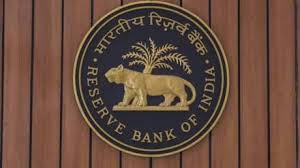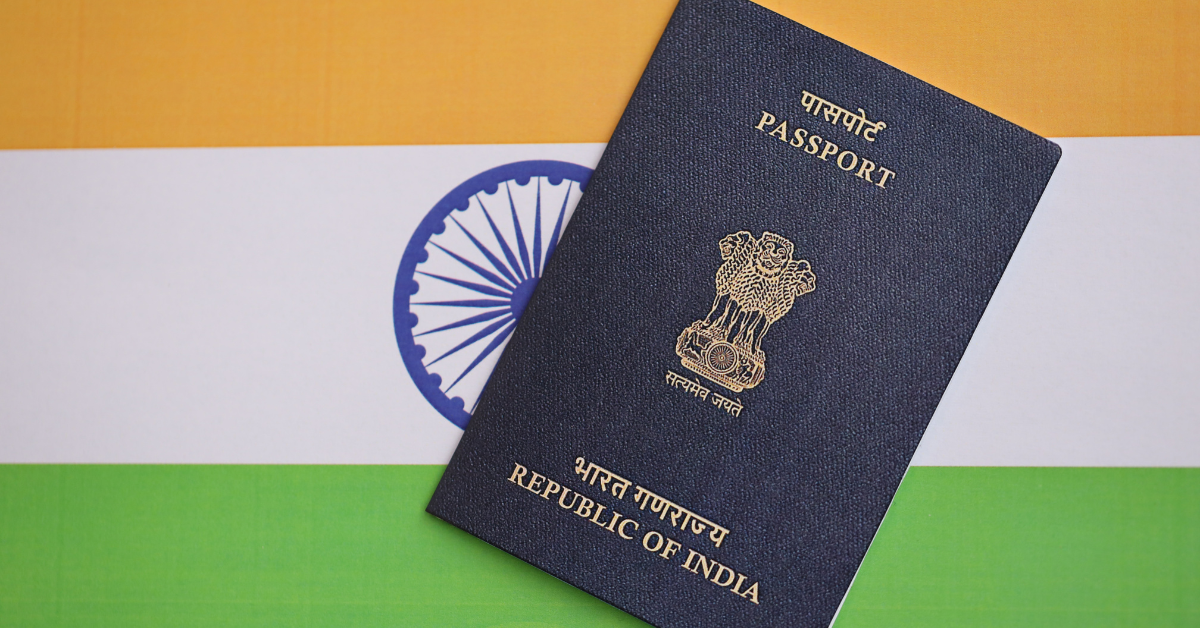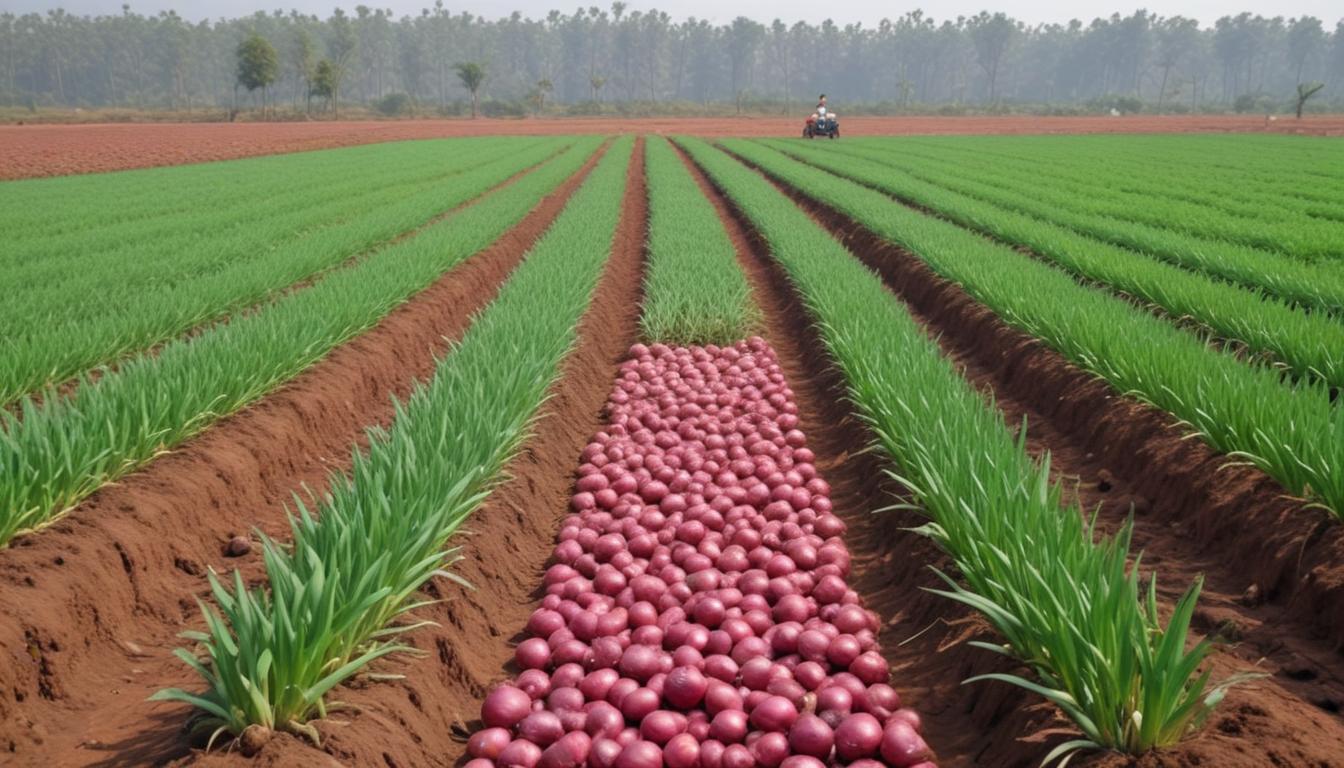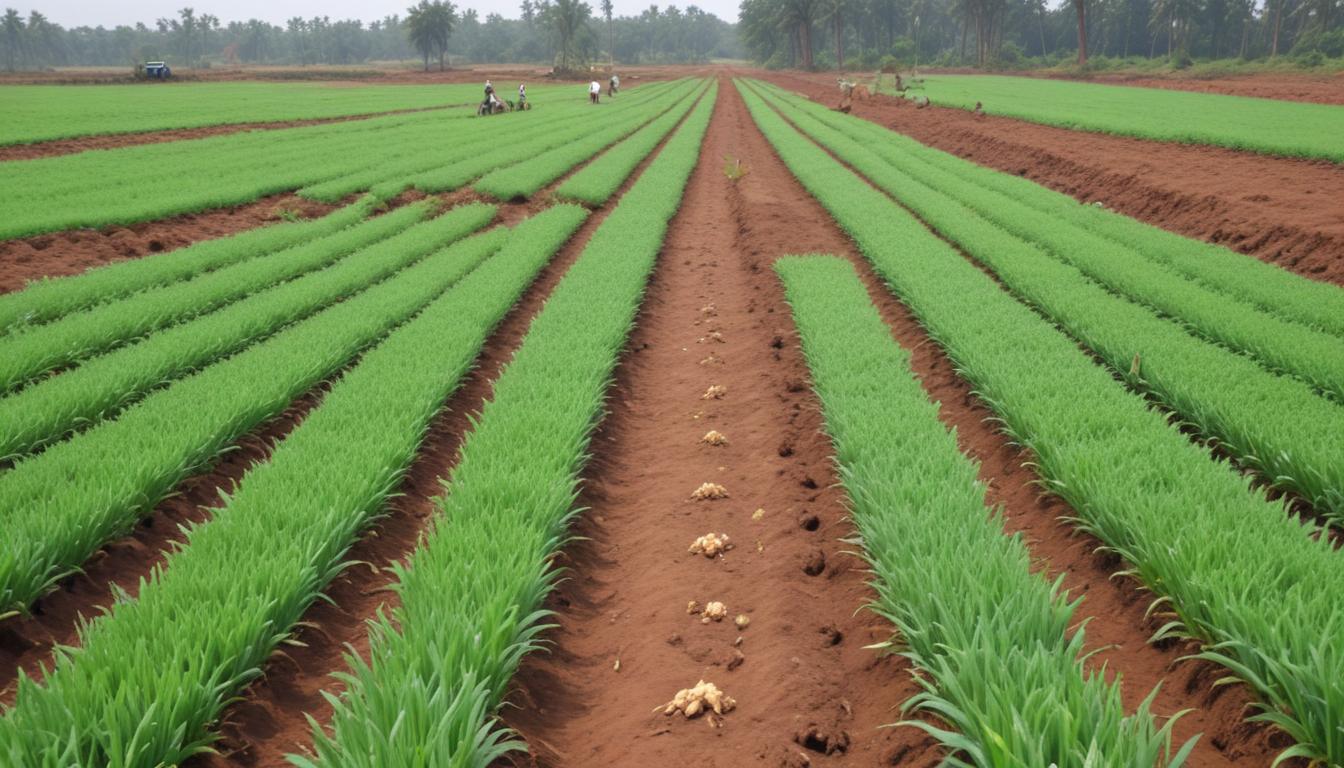
Govt notifies sez reforms
The government has introduced ground-breaking reforms to the Special Economic Zones (SEZ) regulations, specifically targeting the unique demands of the semiconductor and electronics component manufacturing sectors in India. Recognising that manufacturing in these sectors is capital-intensive, reliant on imports, and subject to lengthy periods before profitability, the rule changes aim to stimulate pioneering investments and boost manufacturing in these high-technology sectors.
Following amendments to Rule 5 of the SEZ Rules, 2006, an SEZ established solely for the manufacturing of semiconductors or electronic components will now require a minimum contiguous land area of just 10 hectares, a significant reduction from the previous requirement of 50 hectares. Further, changes to Rule 7 of the SEZ Rules, 2006, empower the Board of Approval for SEZs to waive the condition that SEZ land must be free of encumbrances in cases where it is mortgaged or leased to the Central or State Government or their authorised agencies.
The amended Rule 53 now allows the value of goods received and supplied free of charge to be included in Net Foreign Exchange (NFE) calculations and assessed using relevant customs valuation rules. Moreover, amendments to Rule 18 of the SEZ Rules now permit SEZ units in the semiconductor and electronics component manufacturing sectors to supply domestically into the Domestic Tariff Area after paying the applicable duties. These key amendments aim to make SEZs more accessible and attractive for investment in these critical sectors.
Impact On Businesses
These SEZ reforms are poised to have a substantial impact on businesses operating within the semiconductor and electronics manufacturing sectors in India. The reduction in minimum land requirements will particularly benefit small and medium-sized enterprises (SMEs), allowing them to establish operations within SEZs without the burden of acquiring vast tracts of land. This increased accessibility could foster greater participation from domestic players, boosting competition and innovation within the industry.
The relaxation of encumbrance norms provides much-needed flexibility for companies seeking to set up manufacturing units. Previously, the requirement for encumbrance-free land presented a significant hurdle, especially for businesses with existing land holdings that may have been mortgaged or leased. By allowing the Board of Approval to waive this condition in certain cases, the reforms will unlock opportunities for companies to leverage their existing assets and expedite the establishment of their SEZ operations.
Furthermore, the inclusion of free-of-cost goods in NFE calculations offers a more realistic assessment of the economic contribution of SEZ units. This change acknowledges the prevalence of such arrangements in the semiconductor and electronics manufacturing industries, where components are often provided by parent companies or international partners. By accounting for these goods, the reforms will provide a more accurate picture of the net foreign exchange earned by SEZ units, potentially leading to more favourable policy decisions and incentives.
The ability for SEZ units to supply domestically into the Domestic Tariff Area after paying applicable duties presents a significant opportunity for businesses to tap into the growing Indian market. This will enable them to diversify their revenue streams, reduce their reliance on exports, and cater to the increasing demand for electronics and semiconductor products within the country. This provision could also incentivise foreign companies to establish manufacturing facilities in India, with the aim of serving both domestic and international markets.
Simplified Procedures
The recent reforms to the SEZ regulations also encompass simplified procedures, designed to reduce bureaucratic hurdles and streamline operations for businesses. The Department of Commerce has implemented measures to expedite the approval process for new SEZ units and facilitate smoother customs clearances for goods moving in and out of these zones. These streamlined procedures are expected to significantly reduce the time and cost associated with setting up and operating within SEZs, making them more attractive to investors.
One key aspect of the simplified procedures is the introduction of a single-window clearance system for various approvals and permits required by SEZ units. This system will consolidate multiple application processes into a single online platform, reducing the need for businesses to interact with numerous government agencies. This will not only save time and resources but also enhance transparency and accountability in the approval process.
Furthermore, the government is committed to reducing the compliance burden on SEZ units by simplifying reporting requirements and adopting risk-based inspections. This means that businesses with a proven track record of compliance will be subject to fewer inspections and less stringent reporting obligations. This will allow them to focus on their core business activities, rather than spending excessive time on administrative tasks. These simplified procedures are expected to contribute significantly to the ease of doing business within SEZs, fostering a more conducive environment for investment and growth in the semiconductor and electronics manufacturing sectors in India.
Future Outlook
Looking ahead, these SEZ reforms are expected to catalyse a new era of growth and innovation within India’s semiconductor and electronics manufacturing sectors. The government envisions India emerging as a global hub for high-tech manufacturing, attracting significant foreign direct investment (FDI) and creating numerous high-skilled job opportunities. The recent policy changes are a crucial step towards realising this ambitious vision.
Industry analysts predict that the reduced land requirements and relaxed encumbrance norms will lead to a surge in the number of SEZ applications, particularly from SMEs and domestic manufacturers. This increased participation could foster a more competitive and dynamic ecosystem, driving innovation and technological advancements within the semiconductor and electronics industries. The reforms are also expected to encourage existing SEZ units to expand their operations and invest in new technologies.
Furthermore, the government plans to continue refining the SEZ policy framework based on industry feedback and evolving global trends. This includes exploring further simplifications to procedures, providing targeted incentives for research and development, and fostering collaborations between SEZ units and academic institutions. By remaining agile and responsive to the needs of the industry, India aims to solidify its position as a leading destination for semiconductor and electronics manufacturing, attracting both domestic and international investment in the years to come. The success of these SEZ reforms is crucial for India’s economic growth and its ambition to become a self-reliant manufacturing powerhouse.

















